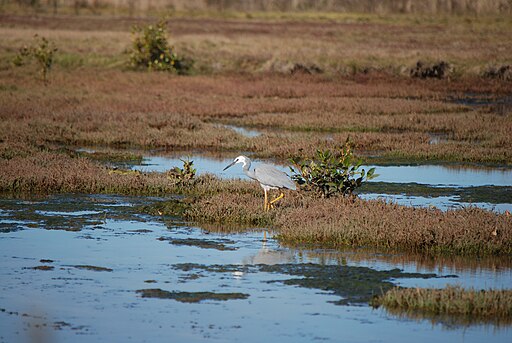February 2 marks World Wetlands Day, a celebration held annually since 1997, to mark the adoption of the Convention on Wetlands in 1971, or the Ramsar Convention as it is more commonly known, after the Iranian city on the shores of the Caspian Sea where it came into being.
 |
By U.S. Fish & Wildlife Services (http://www.public-domain-image.com/)
[Public domain], via Wikimedia Commons |
The Ramsar Convention is an international treaty for the conservation and sustainable use of wetlands. At time of writing, there are 169 contracting parties. More than 2200 sites worldwide have designated conservation status under the convention, covering a total surface area of over 215,000,00 ha. Wetlands are believed to cover up to 6% of the Earth's surface and occur on every continent except Antartica. It is estimated that about half of all wetlands are comprised of peatlands.
World Wetlands Day seeks to raise awareness about the contribution that wetlands make towards the Earth's biodiversity. Wetlands for Disaster Risk Reduction has been selected as the theme for World Wetlands Day in 2017. "This theme is selected to raise awareness and to highlight the vital roles of healthy wetlands in reducing the impacts of extreme events such as floods, droughts and cyclones on communities, and in helping to build resilience." (
Ramsar website)
Since 2015, a Wetlands Youth Photo Contest has been organised, to encourage appreciation among young people about these habitats. This year's competition is inviting entries that illustrate how "wetlands helps us cope with extreme weather events":
Between 2 February and 2 March 2017 young people from around the world aged between 18 to 25 are invited to particpate ... for a chance to win a free flight to visit a Wetland of International Importance (Ramsar Site) courtesy of Star Alliance Biosphere Connections. (for further information, including terms and conditions, see website)
World Wetlands Day has its own
dedicated website that also includes much information pertaining to wetlands, in the form of posters, factsheets, etc.









